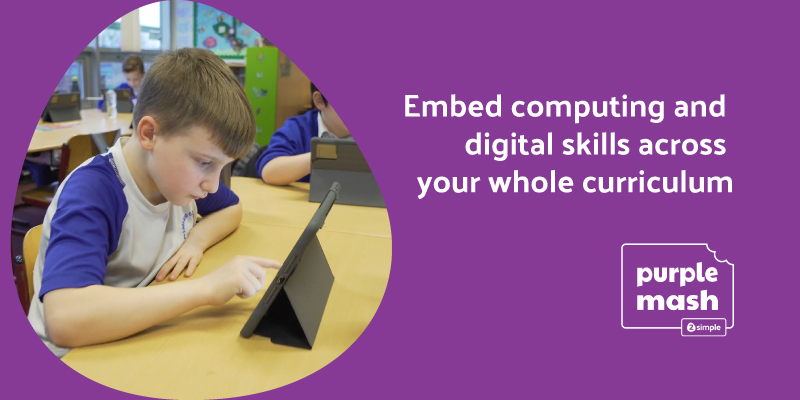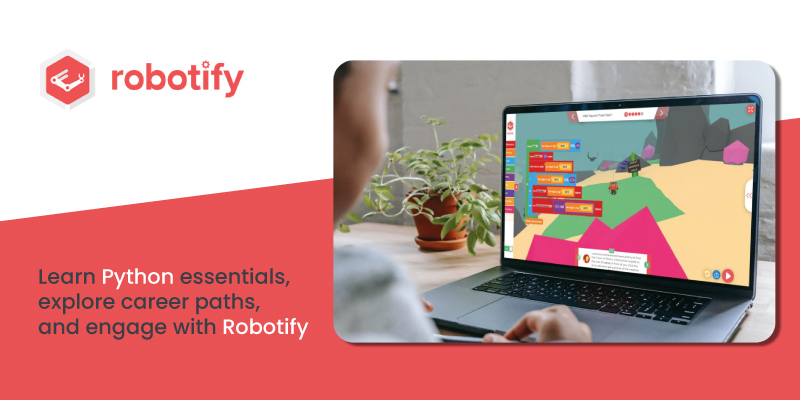
Soundtrap for Education: Transforming Classrooms into Creative Studios
Soundtrap for Education: Transforming Classrooms into Creative Studios
In the ever-evolving landscape of education, embracing innovative tools that captivate students and foster creativity, collaboration, and engagement is crucial. Soundtrap for Education, a powerful online audio workstation, has emerged as a game-changer, offering specialized platforms for Music Makers and Storytellers. However, its impact extends beyond music and podcasts, seamlessly integrating into classrooms and inspiring students across various subjects. Soundtrap for Education stands as a versatile solution, enriching the learning experience and providing educators with a dynamic tool to unlock the full potential of their students in a wide array of disciplines.
Soundtrap’s Digital Integration:
Soundtrap, a dynamic digital classroom solution, revolutionizes music education by seamlessly integrating with platforms such as Noteflight Learn, Flat for Education, Google Classroom, Canvas, Schoology, and MusicFirst Classroom. Its responsive integration with major LMS systems solidifies its position as a cutting-edge tool for music education, promoting an enriching and collaborative educational experience.
Effortless Audio Editing and Collaboration:
One standout feature of Soundtrap for Education is its interactive transcript, which transforms spoken words into text and allows students to edit recordings as easily as a text document. The multi-track collaboration feature lets students collaborate on projects, simultaneously recording high-quality audio on separate tracks. This collaborative approach encourages teamwork and enhances communication skills.
Unleashing Student Creativity:
Soundtrap goes beyond traditional educational boundaries by providing a platform for students to unleash their rhythmic talents. Instrument integration allows students to amplify their creations by connecting microphones, guitars, or other instruments. With an extensive sound library featuring over 20,000 loops, presets, and instruments, students can explore and draw inspiration from various possibilities.
Inspiring Lesson Ideas Across Subjects:
Soundtrap for Education offers many inspiring lesson ideas across disciplines like math, literacy, and science. The possibilities are endless, from enhancing literacy skills through recording and analyzing reading performances to making fractions come alive through musical compositions in math class. The platform encourages educators to think outside the box and integrate sound creation into their teaching methodologies.
Beyond the Classroom Walls:
Soundtrap’s device-agnostic nature ensures that students can continue their creative endeavors from anywhere, breaking down the barriers of traditional learning environments—Cloud-powered accessibility guarantees continuous progress, even at home. With an intuitive interface curated for ease of use, Soundtrap empowers students to create professional-quality projects beyond the confines of the classroom walls.
Safe and Secure Learning Environment:
Soundtrap for Education takes student safety seriously, providing a secure online environment for learning and play in schools across the Middle East. Committed to meeting legal compliance requirements and staying abreast of privacy laws, Soundtrap aims to be a trusted partner for schools worldwide. With more than 10,000 teachers trusting Soundtrap for Education, it has proven to be a reliable tool in the education sector.
As Education continues its shift towards STEAM learning, innovative tools like Soundtrap are pivotal in shaping the future-ready classroom. Soundtrap for Education empowers educators to nurture innovation, collaboration, and knowledge that profoundly resonates with students by offering a platform that transcends traditional learning methods. Melissa Salguero, a Music Teacher at PS 48, testifies, “Soundtrap is a game-changer for my students. It helps them understand that music is a tool that sparks the imagination and brings people together. Once those doors are open, the possibilities are endless.”









Recent Comments